
Feel free to read further about my compositions and what inspired me in the process.
That is what the last posts is about.
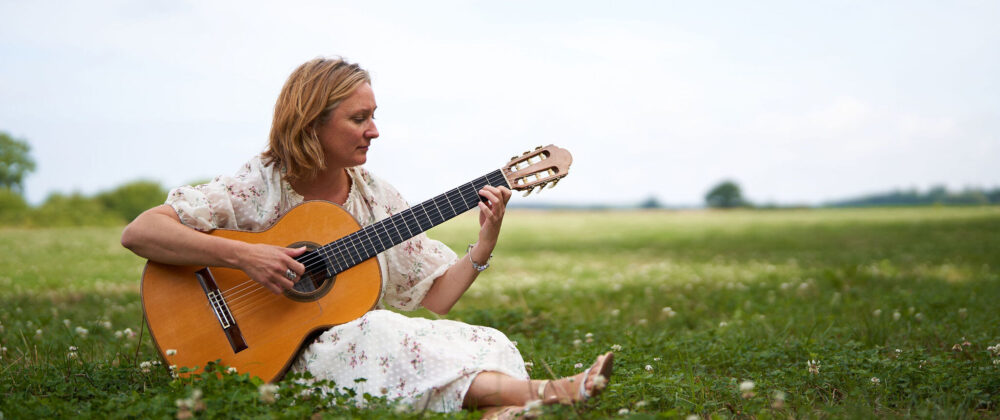
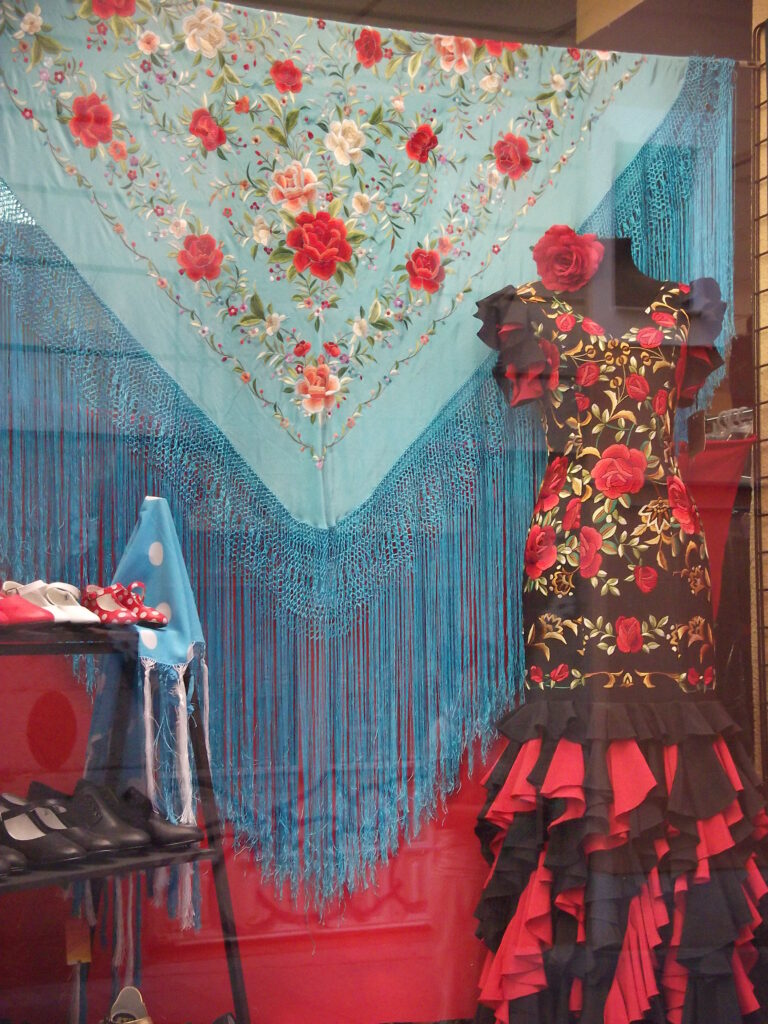
Flor de Azahar – Soleares
The soleares is a flamenco style coming from Sevilla and it´s region. In this piece I am inspired by the flamenco guitar and creators like Sabicas, Montoya and Niño Ricardo. I make reference to guitar”falsetas” from the time, where the flamenco guitar was defined as an art and profession. However the piece develops with my own contributions.
”Flor de azahar” means orange flower in Spanish. Azahar is originally an Arabic word adopted in the Spanish dictionary, as many others. Like in words, you feel the Arabic heritage present in Andalusía. In the ”Real Alcazar de Sevilla”, I was sitting in the yard, enjoying the blossom and the aroma from the orange flowers planted. Afterwards I was drinking the flowers as a tea. Walking around Sevilla is a feeling of authentic art and centuries flowing in the air.
The beauty is captured in the art of Julio Romero de Torres, which paintings I always preserve in my mind.
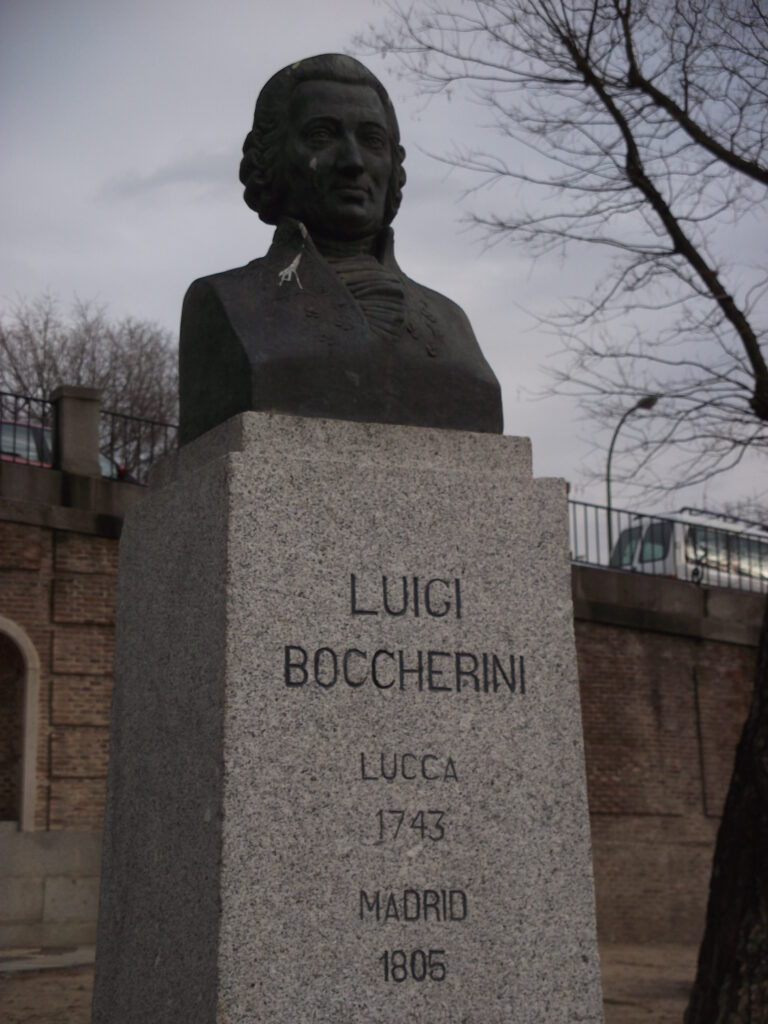
En la sombra de Madrid
Madrid is a city full of art. Artists nowadays can benefit from a history with the most important composers and musicians of their time. Visiting the Royal Palace in the heart of Madrid, is my favorite way to imagine the real life of Scarlatti and Boccherini. As I stand in the hall I imagine them walking by, with their splendid clothes and wigs. The art of Goya and Velazquez helps me get in tune.
My piece wants to reflect the connection between centuries. The modern world can enjoy the seeds planted centuries back. There is a certain atmosphere of the folkloric Spain, the majestic guitar of the court, mixed with new dissonances.
In the middle of everything Joaquin Rodrigo’s ”Cucu” suddenly appears.

Pinceladas de Picasso.
When I walk in Malaga, I feel the natural presence of Picasso. Funny enough, I also vacationed other places where Picasso lived: Madrid, Barcelona, Collioure, Antibes and Paris. And who knows what more?
Picasso liked painting guitars. Broken guitars, that the viewer should put together, or the old man with the guitar. However, what inspired me for this piece, was a video I once saw of Picasso. He stood by his canvas and painted a beautiful flower vase. With one brushstroke he turned the painting into a sailboat. And again he changed the painting with one single touch, continuing for a long time. What a talent.
My piece is turning around a constant rhythm, counting on the eight note. But it has a certain touch of irregularity, because it changes between 5/8, 6/8, 7/8, 9/8, 10/8, 11/8 and 12/8. I dip my brush with a musical motive, and make variations with restricted material.
The introduction is rather “Ad Libitum”, without a firm time signature, as a jazzy improvisation.
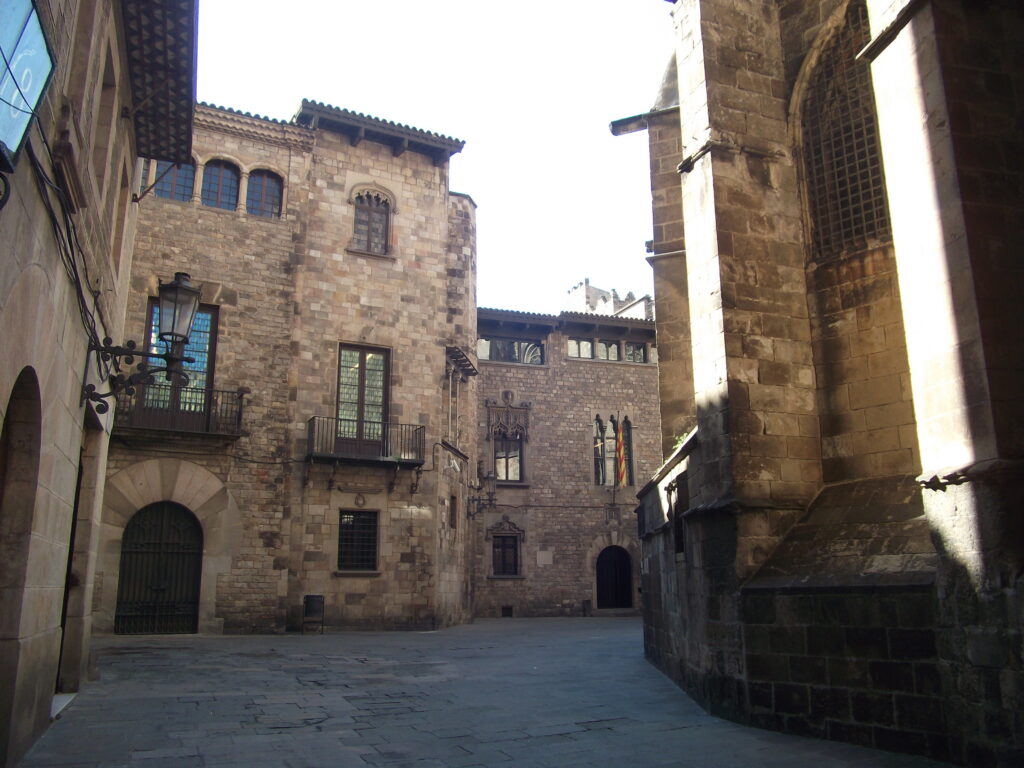
Placa de Sant Just
My piece is inspired by the the medieval Barcelona, and the gothic part of town, which I find magic. I lived in this part of town, very close to the birthplace of the guitarist Miguel Llobet, Placa de Sant Just. When you walk around the narrow streets, the shadows are particular, and small squares appears everywhere. It is like going on a treasure hunt. With the words in my mind of Ildefonso Falcones in his book “The Cathedral of the sea” and my own experiences, I describe through music the Barcelona medieval. In contribute to Llobet, it is a tremolo piece, which is a guitar technique.
When you walk around Barcelona, you feel the presence of artists like Fernando Sor, Isaac Albeniz, Pau Casals and Miguel Llobet, the guitar teacher of Segovia. You feel inspiration.

Playafells
Playafells is the Coastline of the city Castelldefels, a very beautiful spot. I lived here, directly on the beach, with the sound of the Mediterranean.
The sea is the main attraction, but there is also an atmosphere of restaurants and relax, combined with the smell of pine forest in the heat. The introduction of my piece is the movement of the waves. Its turns into a rather festive part and makes reference to the “Rumba Catalana” which contains a quite percussive way to play guitar. It´s interrupted by a nasal singing from a gipsy, walking from bar to another to entertain, carrying his guitar over his shoulder.
My piece is a dedication to this small place called paradise.
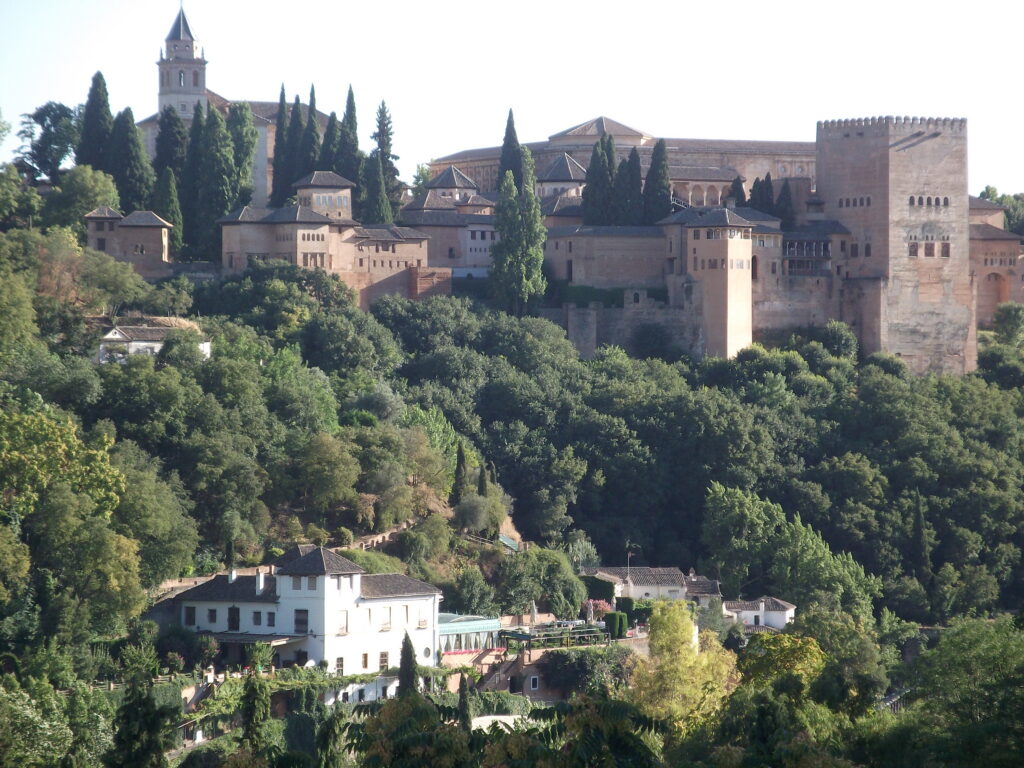
Boabdil
The last Moorish King of Alhambra, Boabdil, had to deliver the keys of Granada to the Catholic Kings in 1492 after the reconquest. It happened in the hills of Granada. From my house in Albaycin, I had the view over these exact mountains. Boabdil was the last King in the Dynasty of the Nasrids, born in Alhambra. The piece wants to reflect the transformation from the Moorish to the Mozarabic and Christian period. It sometime uses the guitar technique “Tremolo”on one string only, to imitate the sound of the Arabic lute.
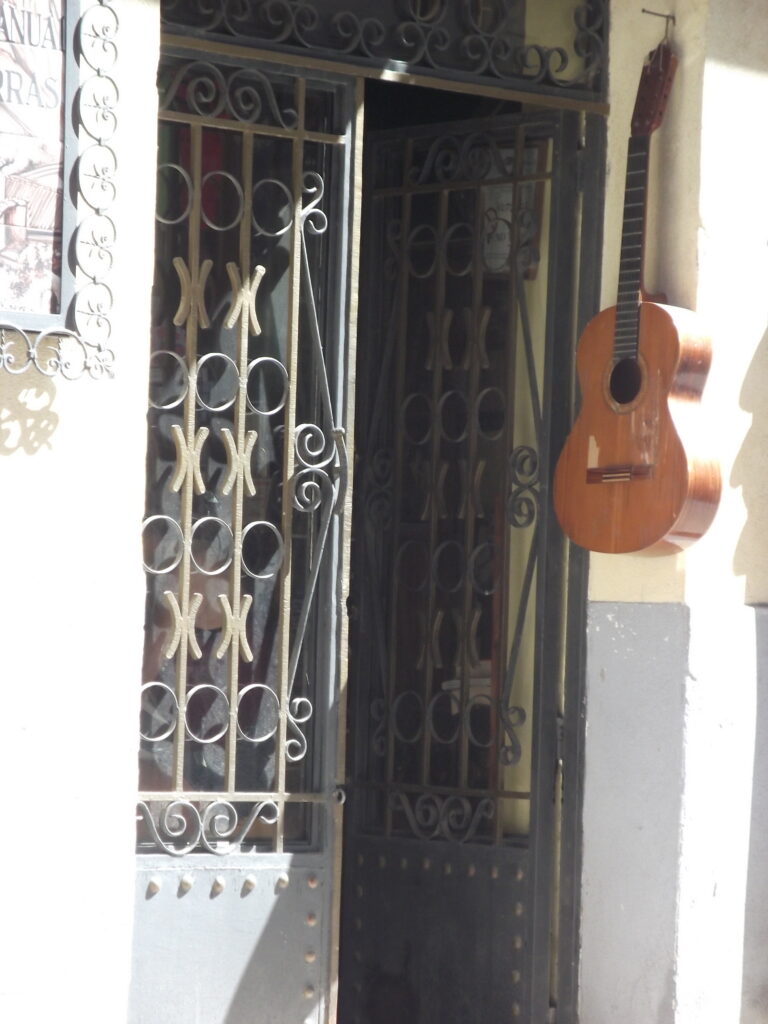
Eshavira
In C/ Eshavira I often went to a flamenco jazz club, where the local artists performed. -Including the family Morente and local guitarists. The piece is a little jazzy, changing time signature, and the melody sounds “desafinada”. The piece has the presence of the flamenco style called ”Soleá por Bulerías”,and is inspired by the rhythm of its“zapateado” (footsteps).
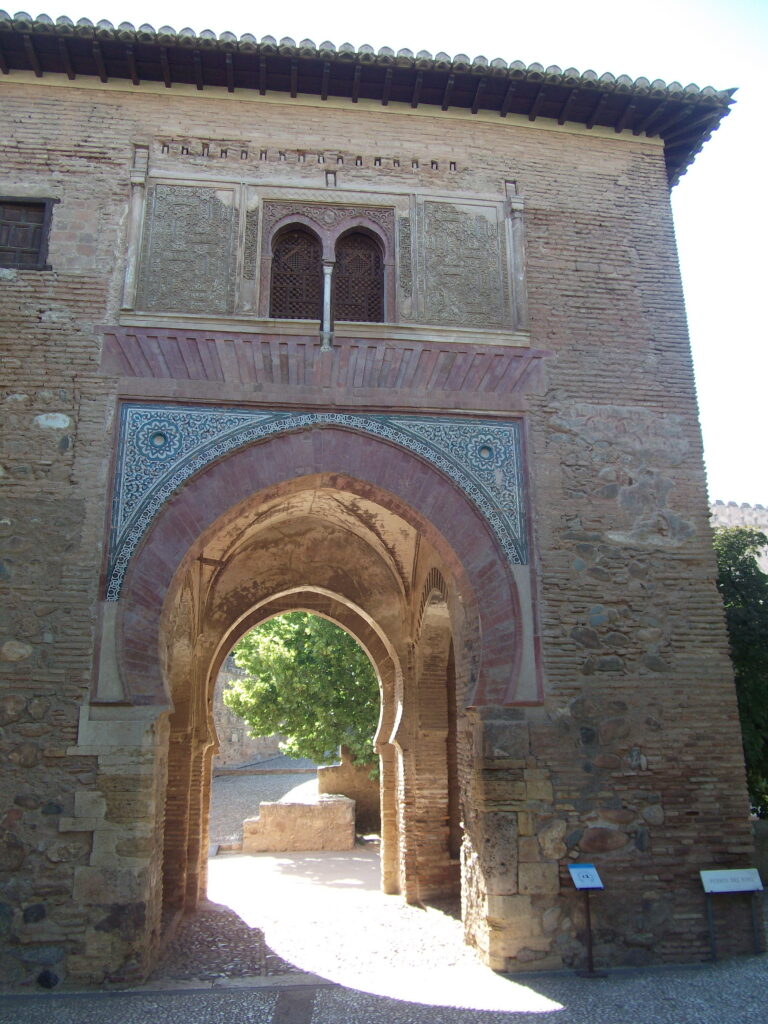
Improvisación sobre la fuente de la Alhambra
At night, the composer Manuel de Falla went for a walk in Alhambra with his friend Barrios Padre, who was a guitarist living there. Barrios tuned his guitar in ”B”, so he could improvise with and over the fountain in Alhambra, which was tuned in this particular key.
My piece has an essence of an improvisation in ”B”, remembering this fountain and magical moment. It imitates the sound of the Arabic lute played with a plectrum of eagle feather by “Ziryab”. Furthermore it makes reference to the flamenco style called”Granaína”, in memory of the virtuoso flamenco concerts I heard inside the Alhambra. ”Granaína” is a kind of Fandango from Granada, and is often a piece for solo guitar.